rafting is not just about creating something functional; it’s also about expressing creativity and indulging in the joy of making. For crochet enthusiasts, discovering new stitch patterns can feel like uncovering hidden treasures. One such gem is the Cabbage Patch Stitch Pattern, a delightful and versatile technique that adds texture and character to your projects. In this article, we’ll delve into the charm and intricacies of the Cabbage Patch Stitch Pattern and explore how you can incorporate it into your next crochet masterpiece.
Understanding the Cabbage Patch Stitch: The Cabbage Patch Stitch derives its name from its resemblance to the leaves of a cabbage patch. It features a combination of basic crochet stitches worked in a strategic manner to create a raised, dimensional texture. While the exact method may vary slightly depending on the pattern, the fundamental technique involves alternating between front post double crochets (FPDC) and back post double crochets (BPDC). This alternating sequence creates a ribbed effect that mimics the ridges and folds of cabbage leaves.
Named for its resemblance to the leaves of a cabbage patch, the Cabbage Patch Stitch Pattern offers a textured, dimensional look that enhances any crochet project. While it may seem intricate, beginners will find this stitch pattern surprisingly accessible with a bit of practice.
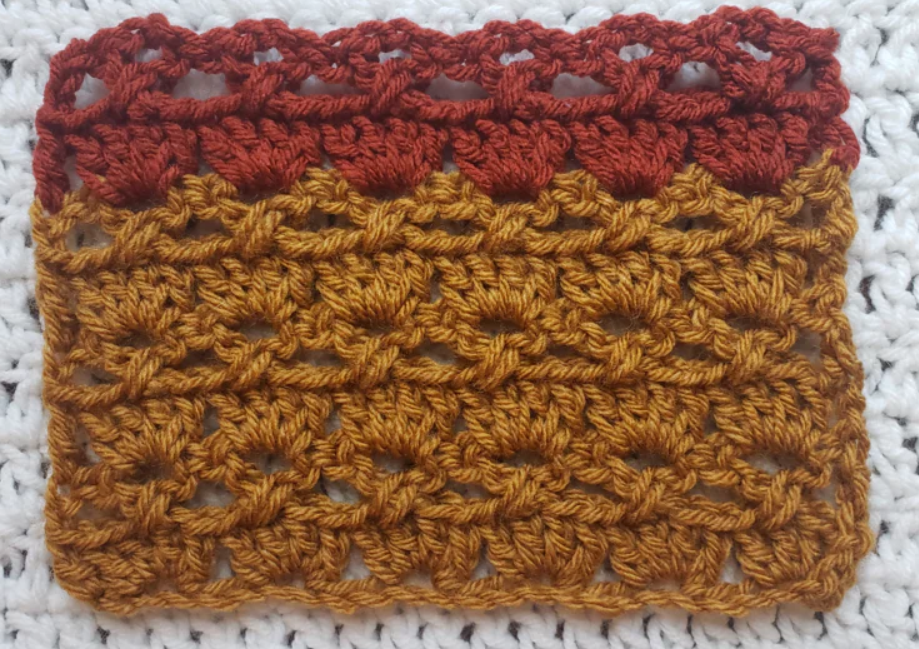
- Skill Level: Beginner Stitch
- Multiple: Multiple of 4 plus 7
Getting Started:
To create a sample swatch of the Cabbage Patch Stitch Pattern, follow these instructions:
Chain 23 stitches.
Row 1 (Right side): Make 4 double crochet stitches in the 5th chain from the hook. Skip the next 3 chains, make 4 double crochet stitches in the next chain. Repeat from * to * across to the last 2 chains, skip the next chain, and make 1 double crochet stitch in the last chain. Turn.
Row 2: Chain 3 (this counts as your first double crochet). Skip the next 3 double crochet stitches, double crochet in the next double crochet stitch (which is the last double crochet of the 4-double crochet group), chain 2, double crochet in the first double crochet of the skipped double crochet stitches of the same 4-double crochet group (crossed stitch made). Repeat from * to * across to the turning chain, make 1 double crochet stitch in the top of the turning chain. Turn.
Row 3: Chain 3 (counts as the first double crochet), work 4 double crochet stitches in each chain-2 space in the center of each crossed stitch across to the turning chain, make 1 double crochet stitch in the top of the turning chain. Turn.
Repeat Rows 2 and 3 for the pattern.
USA Crochet Abbreviations used:
- ch: chain
- dc: double crochet
- rep: repeat
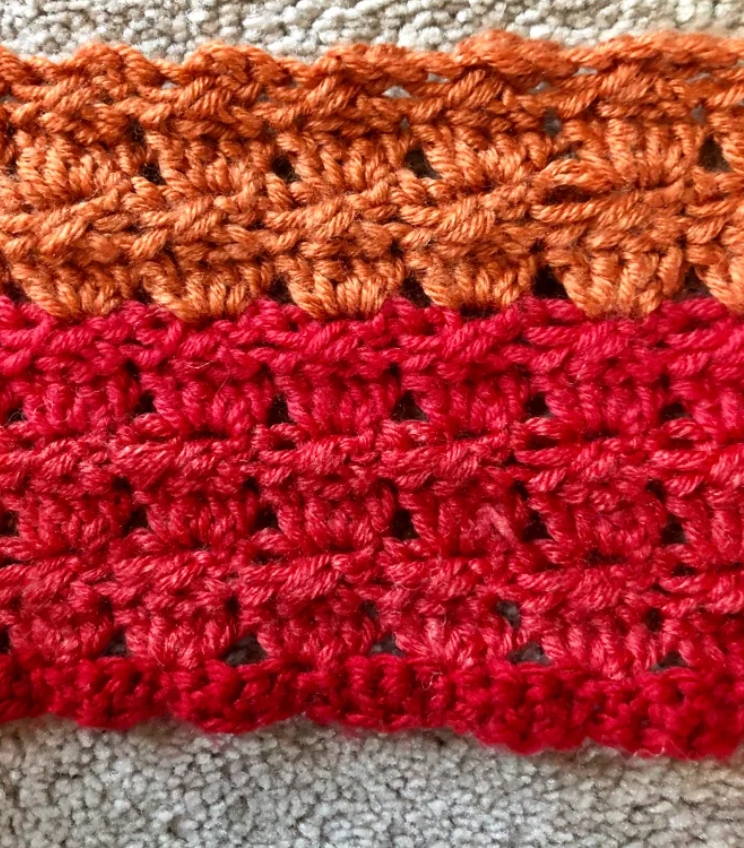
To crochet the Cabbage Patch Stitch, you typically alternate between front post double crochets (FPDC) and back post double crochets (BPDC). This alternating sequence creates a ribbed effect that adds depth and interest to your crochet projects.
The stitch pattern is often worked in rows, with each row building upon the previous one to create a cohesive texture. While the exact method may vary slightly depending on the pattern, the fundamental technique remains consistent, making it accessible to crocheters of all skill levels.
The Cabbage Patch Stitch Pattern is versatile and can be used to create a variety of projects, including blankets, scarves, hats, and decorative items. It adds both visual appeal and tactile interest to your crochet creations, making them stand out and inviting admiration.
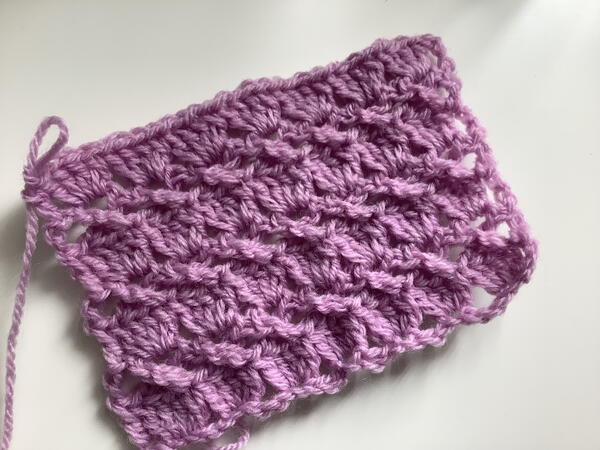
Applications of the Cabbage Patch Stitch:
Once you’ve mastered the basics of the Cabbage Patch Stitch, the possibilities are endless. This versatile stitch pattern can be used to create a variety of projects, from blankets and scarves to hats and decorative items. Experiment with different yarn weights, hook sizes, and color combinations to customize your creations and unleash your creativity.
With its charming texture and straightforward technique, the Cabbage Patch Stitch Pattern is an ideal starting point for beginners eager to explore the world of crochet. Armed with basic crochet skills and a willingness to learn, you can create beautiful, textured pieces that showcase your creativity and craftsmanship. So grab your hook and yarn, and embark on a crocheting adventure filled with delight and discovery. Happy crafting!


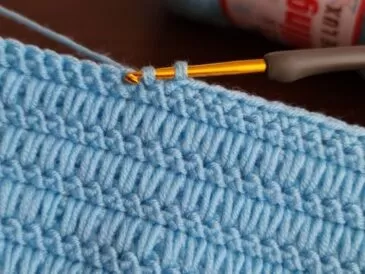
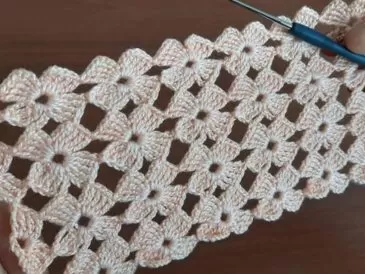

1 Comment
I’m really enjoying the design and layout of your blog. It’s a very easy on the eyes which makes it much more enjoyable for me to come here and visit more often. Did you hire out a designer to create your theme? Great work!